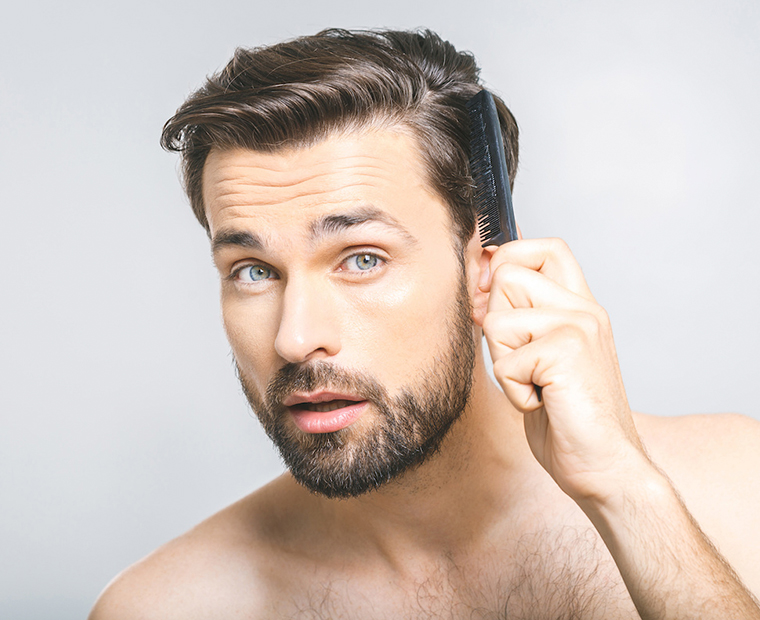Hair Loss

What are Hair Loss?
Hair loss is not just complicated; it’s saddening and leaves you with crying eyes. Hair loss has different types linked with different underlying conditions like stress, genetics, and many others.
- Androgenetic Alopecia (Genetic Hair Loss)
- Alopecia Areata
- Telogen Effluvium
Hair Loss Removal is Easy and Safe

Depending on the type of hair loss you endure, treatment can be a simple supplement regimen and go towards oral medication. Also, we do blood work to treat the underlying causes that trigger hair loss.
The Steps of the Procedure
We can help eliminate Hair Loss with these simple steps and make you look even more beautiful.